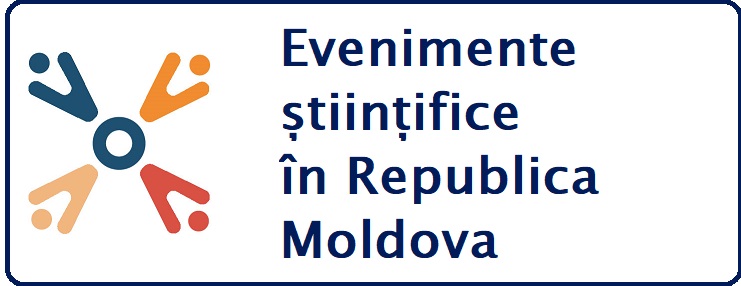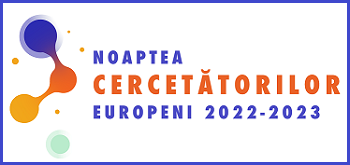| Conţinutul numărului revistei |
| Articolul precedent |
| Articolul urmator |
 |
 251 251 1 1 |
| Ultima descărcare din IBN: 2024-01-18 13:31 |
| Căutarea după subiecte similare conform CZU |
| 614.31(478-25) (1) |
| Inspecţie şi control sanitar (92) |
 SM ISO690:2012 SM ISO690:2012CHIRLICI, Alexei, RUBANOVICI, Vladislav, TCACI, Eudochia, GONŢA, Svetlana, GRECU, Constantin. Food safety according to sanitary-microbiological indicators in Chisinau municipality. In: Revista de Ştiinţe ale Sănătăţii din Moldova, 2022, nr. 3 An.1(29), p. 106. ISSN 2345-1467. |
| EXPORT metadate: Google Scholar Crossref CERIF DataCite Dublin Core |
| Revista de Ştiinţe ale Sănătăţii din Moldova | ||||||
| Numărul 3 An.1(29) / 2022 / ISSN 2345-1467 | ||||||
|
||||||
| CZU: 614.31(478-25) | ||||||
| Pag. 106-106 | ||||||
|
||||||
| Rezumat | ||||||
Introduction. The research of the food according to the sanitary-microbiological indicators provides the evaluator with objective data regarding their inoffensiveness and, respectively, the possibility of use in human consumption. The purpose of the research: Hygienic evaluation of the results of the sanitary-microbiological examination of food samples in Chisinau over a period of 5 years. Material and methods. The results of the sanitary-microbiological examination of the food samples, performed in the Public Health Center in Chisinau during a period of 5 years (2016-2020) were analyzed and evaluated. In the research, there were used methods: hygienic, statistical and others. Results. During the study period, the number of analyzed samples decreased, the average non-compliance rate being 9.02%. The samples from the group of vegetable products had the highest non-compliance rate (22.99%), followed by the samples of milk and dairy products (12.79%) and the samples of sugar products, pastries, and chewing gum (11.48 %). The safest was baby food, with a non-compliance rate of 0.98%. Among the sanitary-microbiological indicators, based on the results of which the food was considered non-compliant, the total coliforms were placed on the first place, having an average weight in the respective structure of 55.38% for the whole period, followed by the QMAFAnM indicator (32.06 %) and S. aureus (4,71%). Conclusions. Over the years, included in the study, the number of samples investigated has been declining. The average rate of non-compliant samples was 9.02%. The highest non-compliance was determined by the indicators of total coliforms and QMAFAnM. |
||||||
| Cuvinte-cheie Food safety, sanitary-microbiological indicators, siguranța alimentelor, indicatori sanitaromicrobiologici |
||||||
|












